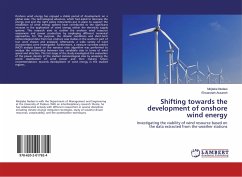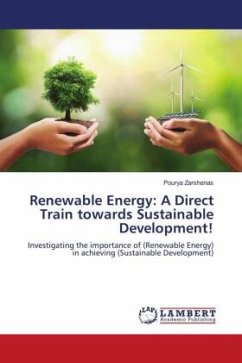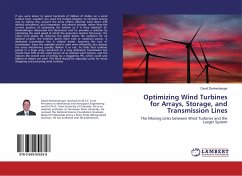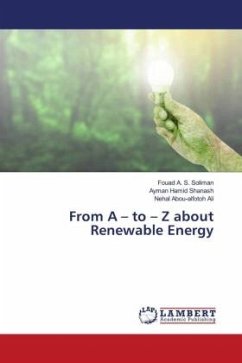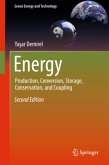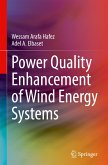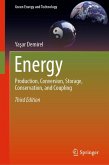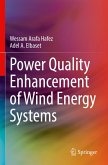Onshore wind energy has enjoyed a stable period of development on a global scale. The technological advances, which had aided to decrease the energy cost and the right policy instruments put in place to support the installation of wind energy systems have contributed to the significant increase in the application of wind energy within the electricity supply systems. This research aims to outline the onshore wind resource assessment and power production by employing different numerical approaches. For this purpose, the climatic conditions and short-term meteorological data from two onshore case studies in the southern part of Iran were chosen and analyzed. Afterwards, a wide variety of wind characteristics were investigated. Furthermore, a measure correlate predict (MCP) analysis based on the variance ratio algorithm was performed to analyze the relationship between two candidate sites in terms of wind speed and direction. The last stage of the study investigated the evaluation ofthe power density of the studied meteorological sites by analyzing the world classification of wind power and then making future recommendations towards development of wind energy in the studied regions.
Hinweis: Dieser Artikel kann nur an eine deutsche Lieferadresse ausgeliefert werden.
Hinweis: Dieser Artikel kann nur an eine deutsche Lieferadresse ausgeliefert werden.

